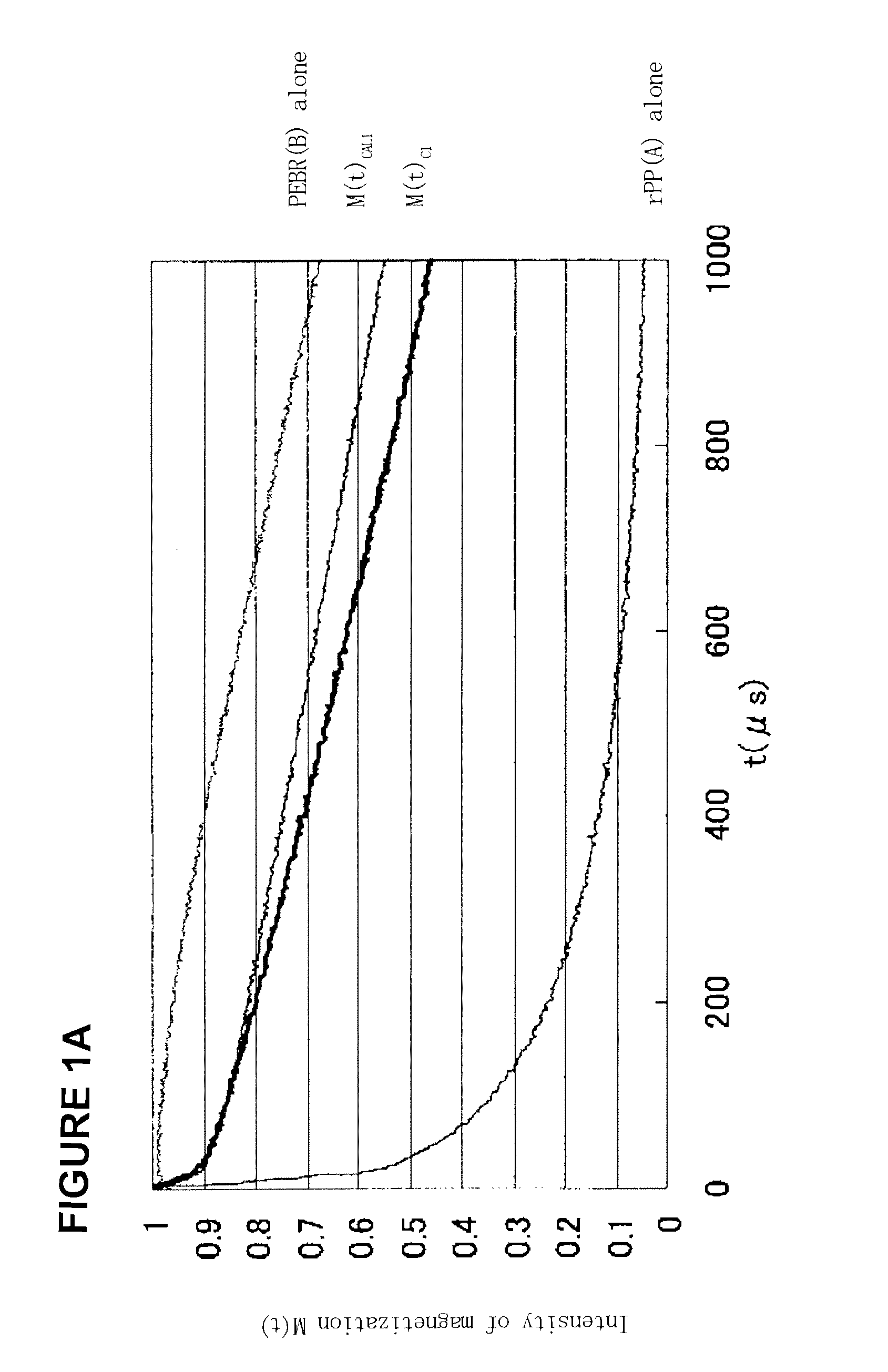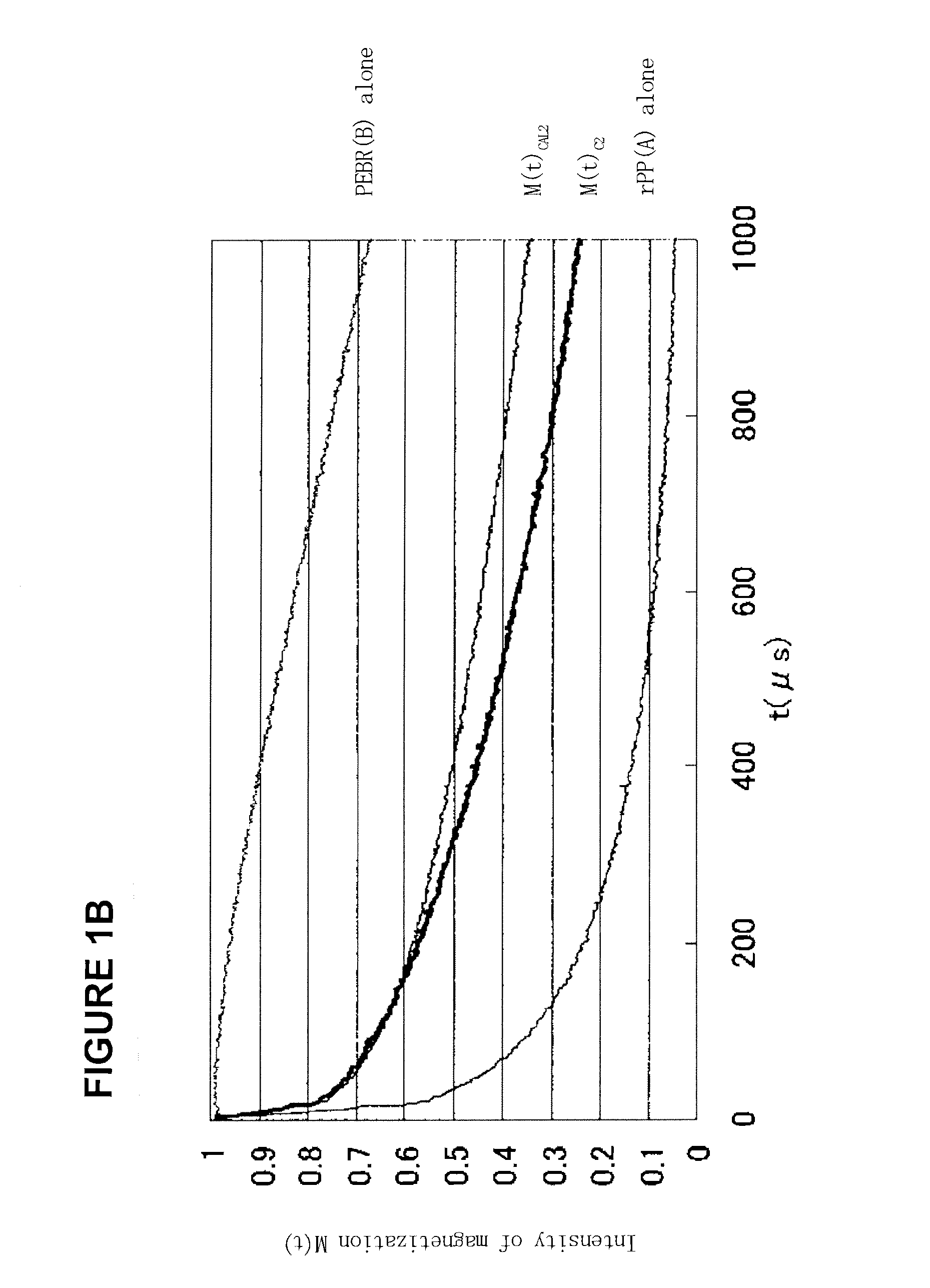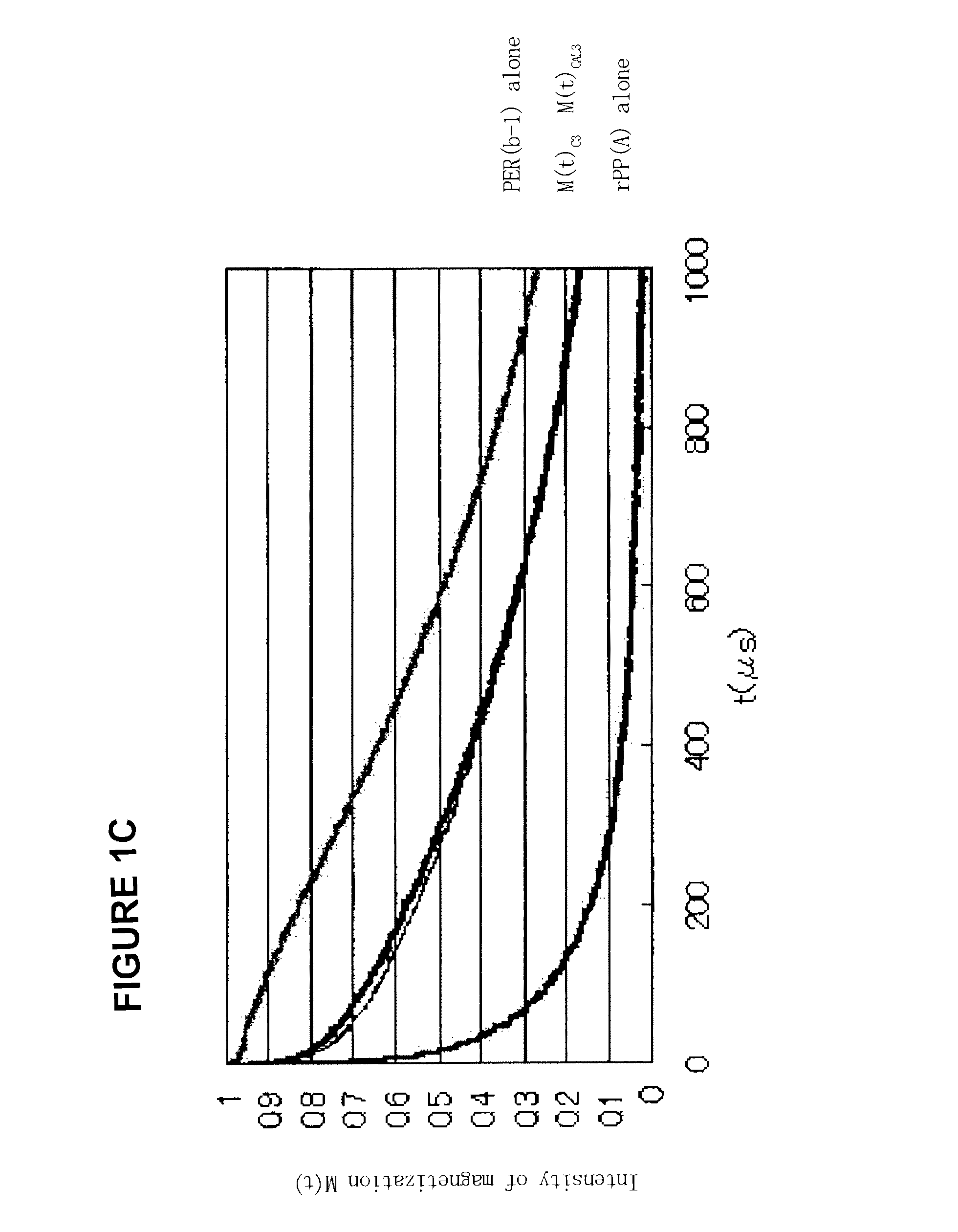Propylene resin composition and use thereof
a technology of polypropylene resin and composition, which is applied in the direction of synthetic resin layered products, woven fabrics, electrical appliances, etc., can solve the problems of high cost, complex production process of vulcanized rubber, inferior elasticity of vinyl chloride resin, etc., and achieve excellent mechanical properties, excellent balance, excellent mechanical properties
- Summary
- Abstract
- Description
- Claims
- Application Information
AI Technical Summary
Benefits of technology
Problems solved by technology
Method used
Image
Examples
examples
[1062]Hereinafter, the present invention will be explained in detail with reference to Examples, but the present invention is not limited to these examples.
First Aspect of Invention
[1063]The followings are explanation on (i) preparation method and properties of starting materials, (ii) preparation of specimens, and (iii) test methods used for evaluation in Examples and Comparative Examples.
(i) Preparation Method and Properties of Starting Materials
(a) Synthesis of Propylene / Ethylene / Butene Random Copolymer (PEBR)
[1064]In a 2000-mL polymerization reactor fully purged with nitrogen, 833 mL of dry hexane, 100 g of 1-butene, and 1.0 mmol of triisobutylaluminum were charged at normal temperature, the temperature in the reactor is elevated to 40° C., and propylene was supplied so that the pressure in the reactor increased to 0.76 MPa, and then ethylene was supplied to adjust the pressure at 0.8 MPa. To the reactor was added a toluene solution in which 0.001 mmol of dimethylmethylene(3-ter...
examples 1-1 to 1-8
, Comparative Examples 1-1 to 1-5, and Reference Example 1-1
[1078]For sheet specimens with the composition described in Tables 1-2 and 1-3, the mechanical properties, hardness, and permanent compression set characteristics are shown in Tables 1-2 and 1-3. The results of oil acceptance evaluation are shown in Table 1-4.
[1079]
TABLE 1-2ExamplesExampleExampleExampleExampleExampleExampleExampleExample1-11-21-31-41-51-61-71-8(A1) hPP20404040(pbw)(A1) rPP50505050(pbw)(B1) PEBR7050502525402525(pbw)(C1) SEBS1010102525101515(pbw)(D1) EBR101010(pbw)(E1)201010PW-90(pbw)YSMPanone7.7nonenonenonenonenonenoneTSMPa 152116 22 1718 17 12EL%800580520 800800460 800800YMMPa23118757445123 8050Shore A8095928883979286CS23° C.314037343531333650° C.565557545657555870° C.6560656971707167Note:pbw = parts by weight
[1080]
TABLE 1-3Comparative Examples and Reference ExampleComparativeComparativeComparativeComparativeComparativeReferenceExampleExampleExampleExampleExampleExample1-11-21-31-41-51-1(A1) hPP2040404...
examples 2-1 to 2-5
[1100]Using samples prepared in (ii-1) at the blending proportions described in Table 2-1, items (1) to (3) above were evaluated. The results are also shown in Table 2-1.
PUM
| Property | Measurement | Unit |
|---|---|---|
| melting point | aaaaa | aaaaa |
| melting point | aaaaa | aaaaa |
| mol % | aaaaa | aaaaa |
Abstract
Description
Claims
Application Information
 Login to View More
Login to View More - R&D
- Intellectual Property
- Life Sciences
- Materials
- Tech Scout
- Unparalleled Data Quality
- Higher Quality Content
- 60% Fewer Hallucinations
Browse by: Latest US Patents, China's latest patents, Technical Efficacy Thesaurus, Application Domain, Technology Topic, Popular Technical Reports.
© 2025 PatSnap. All rights reserved.Legal|Privacy policy|Modern Slavery Act Transparency Statement|Sitemap|About US| Contact US: help@patsnap.com



